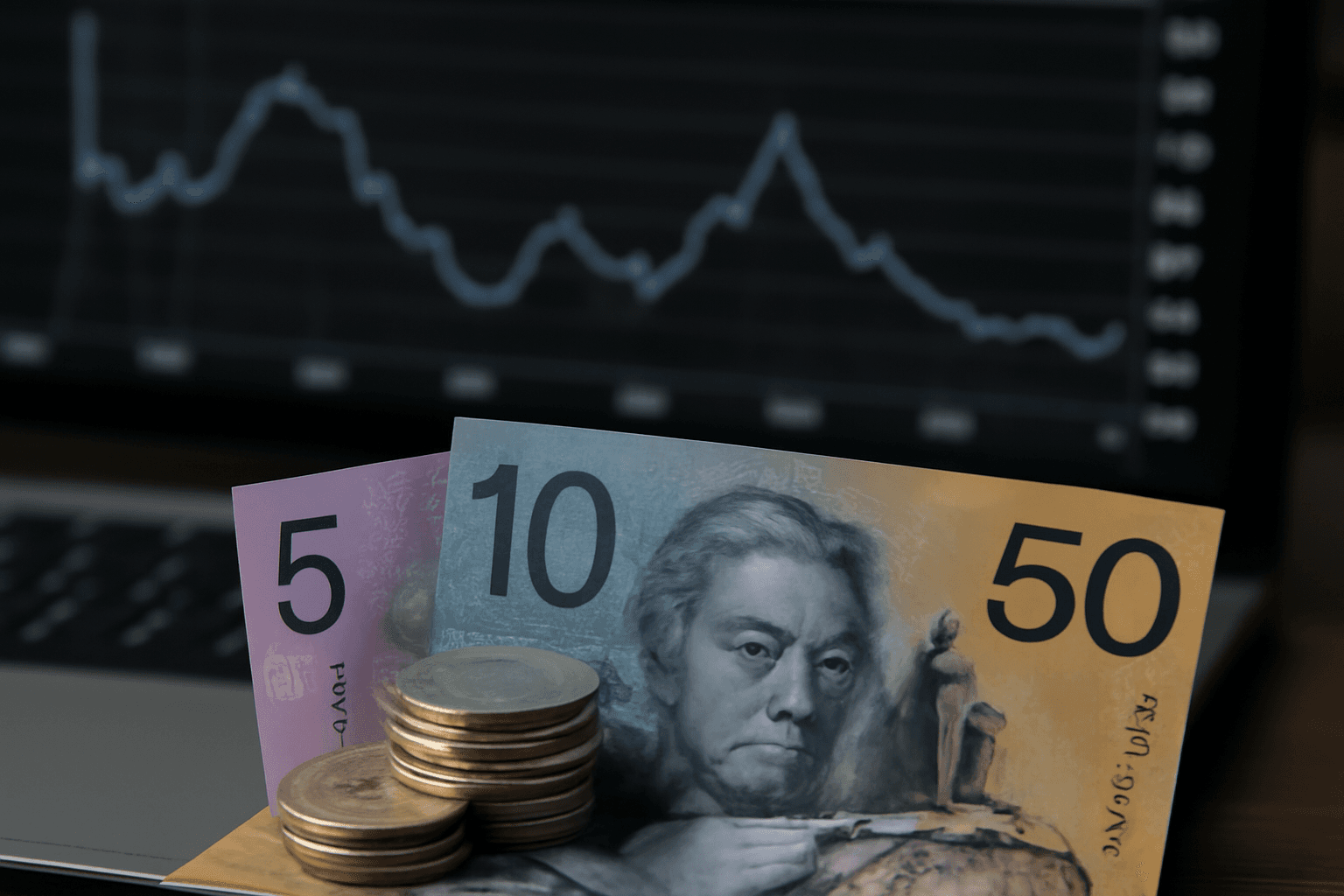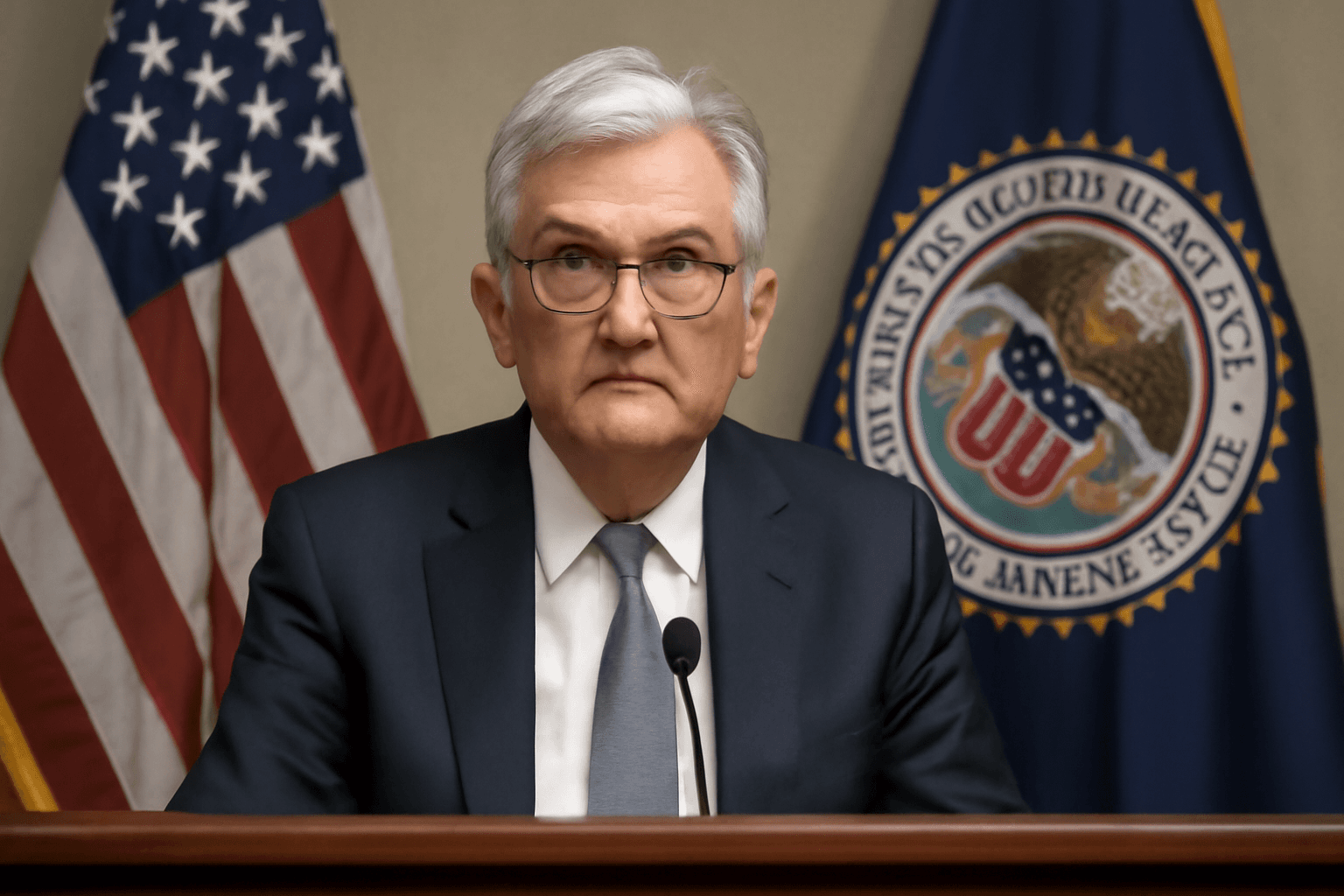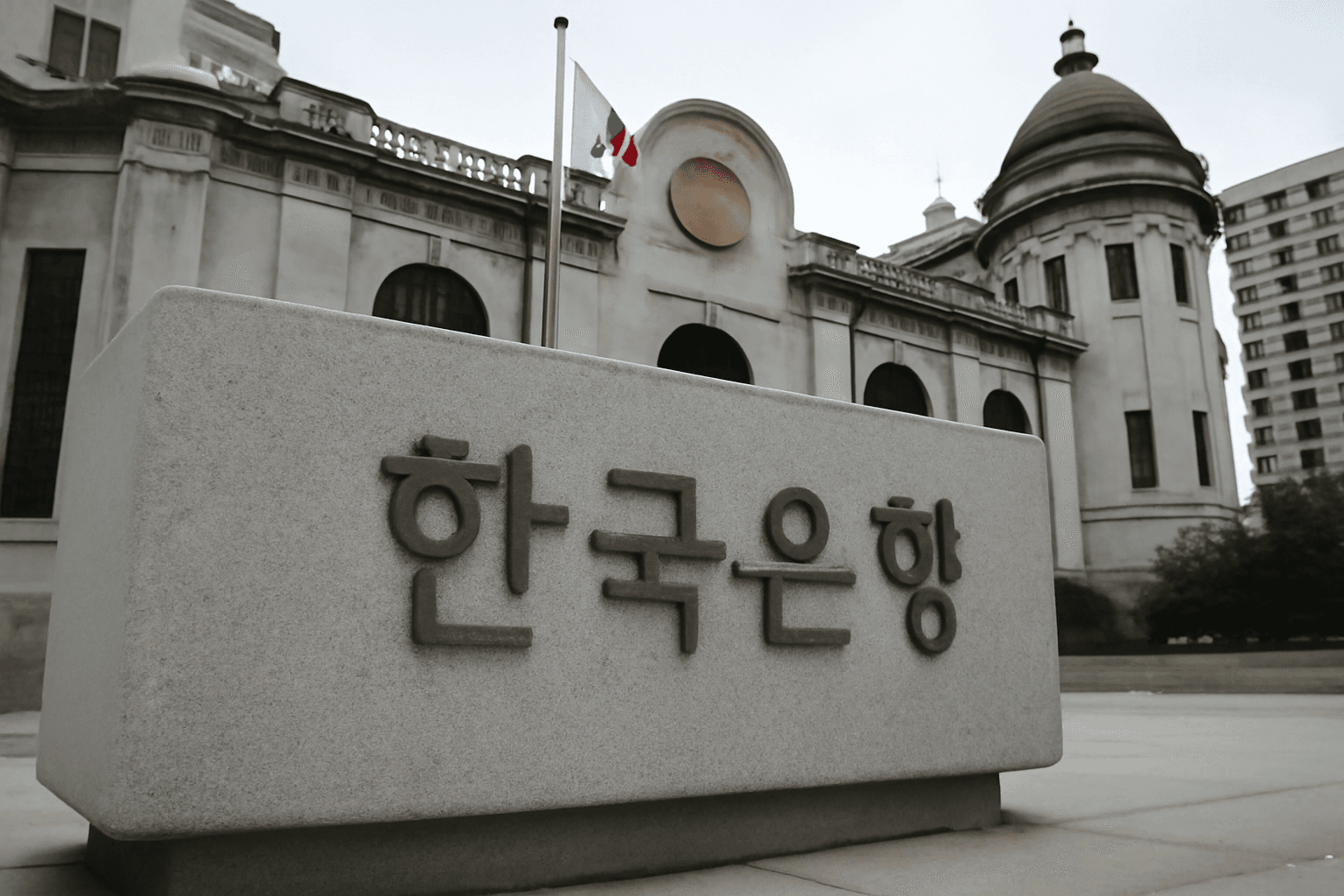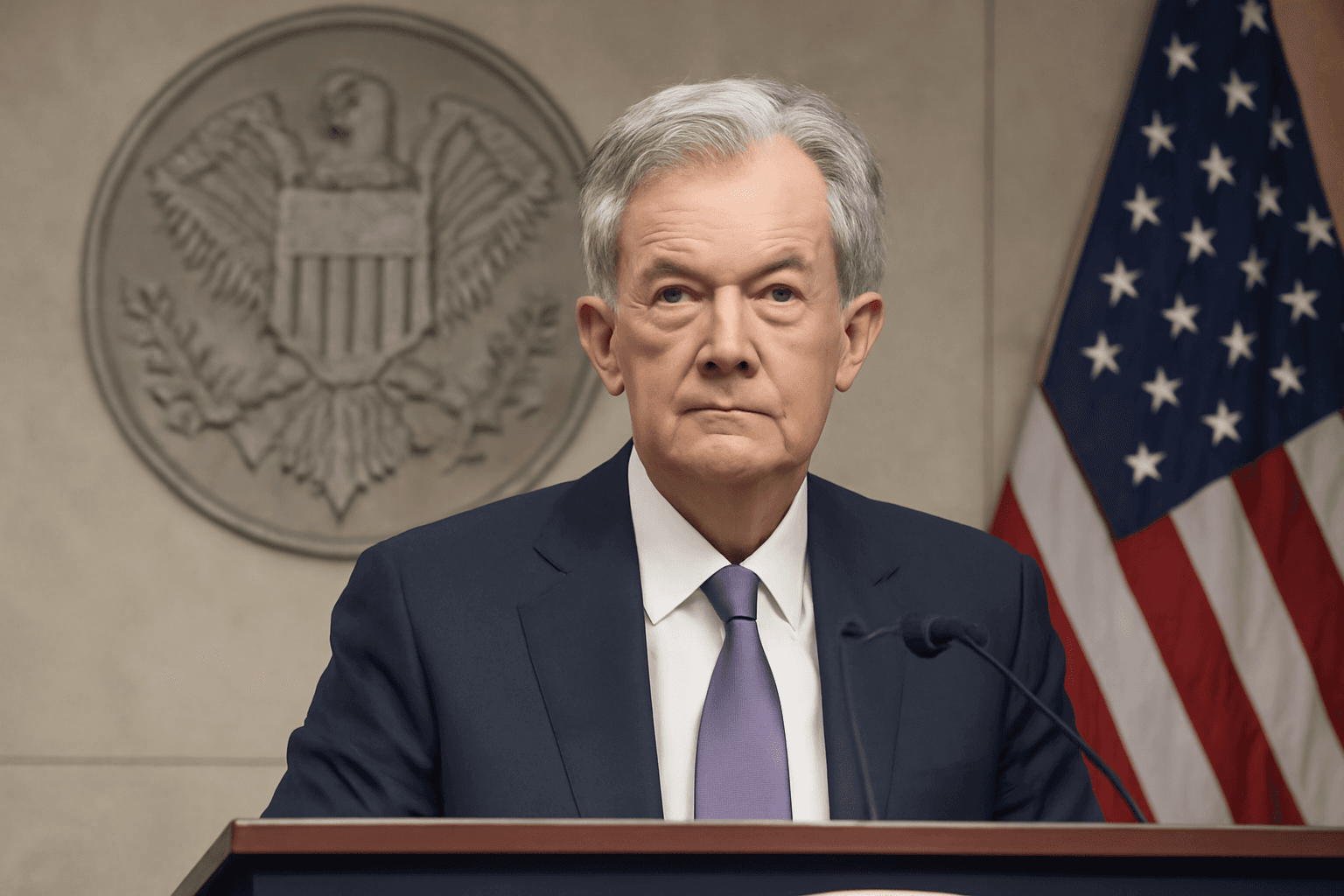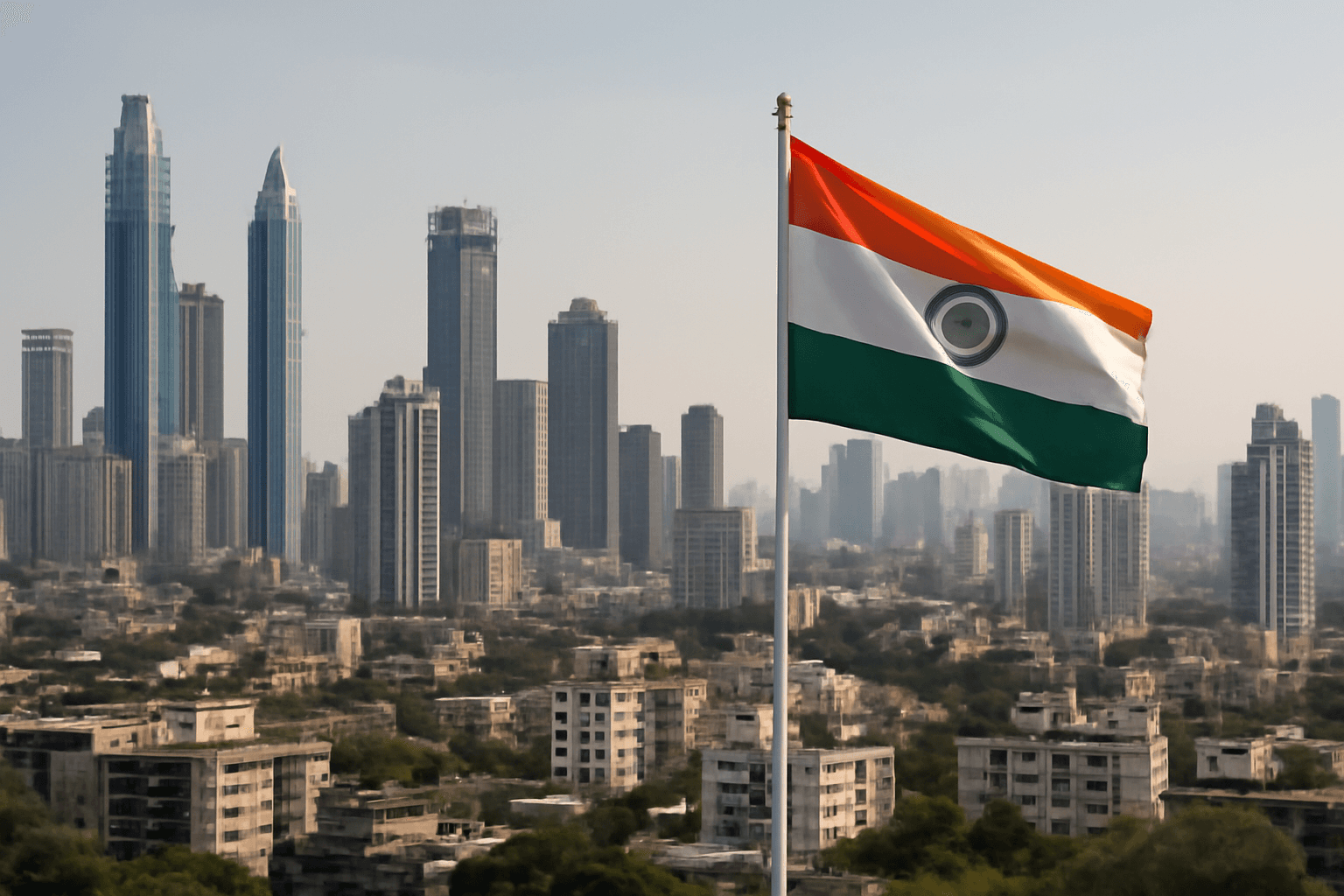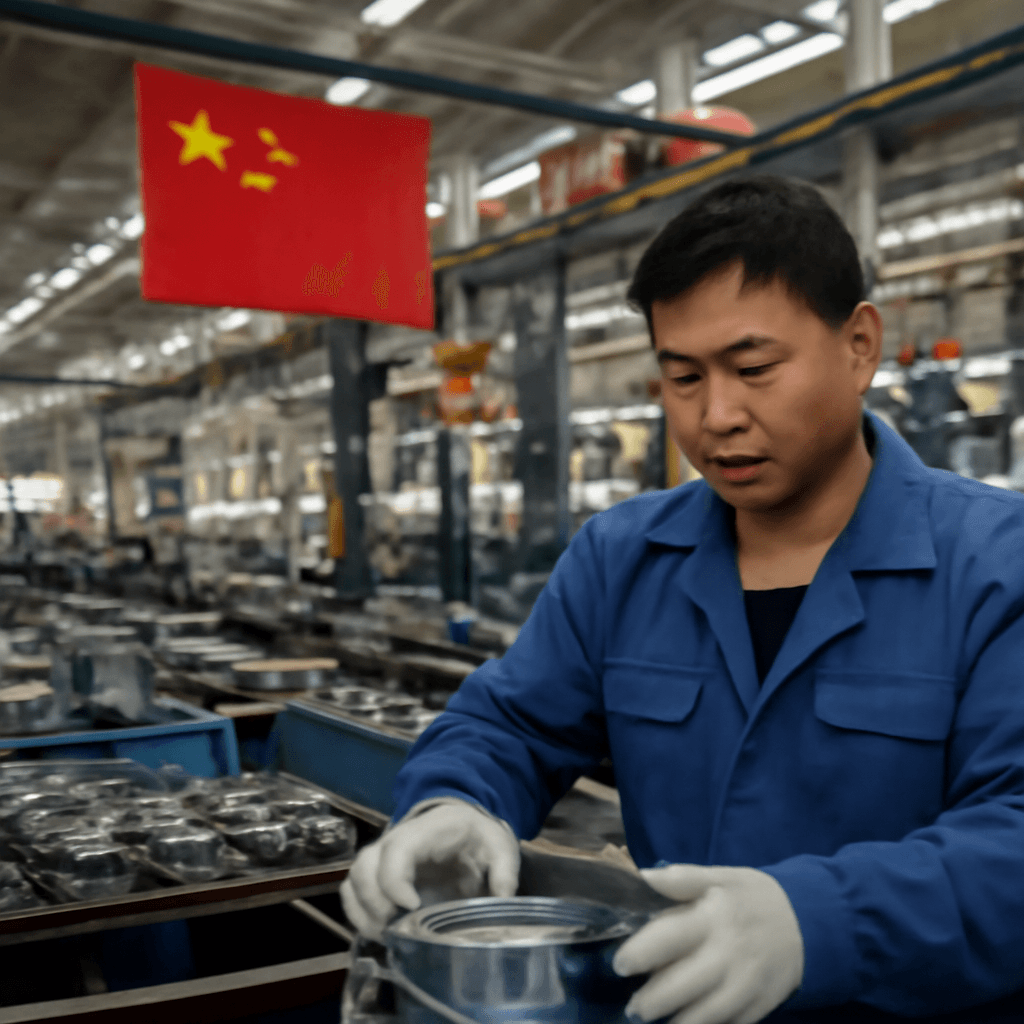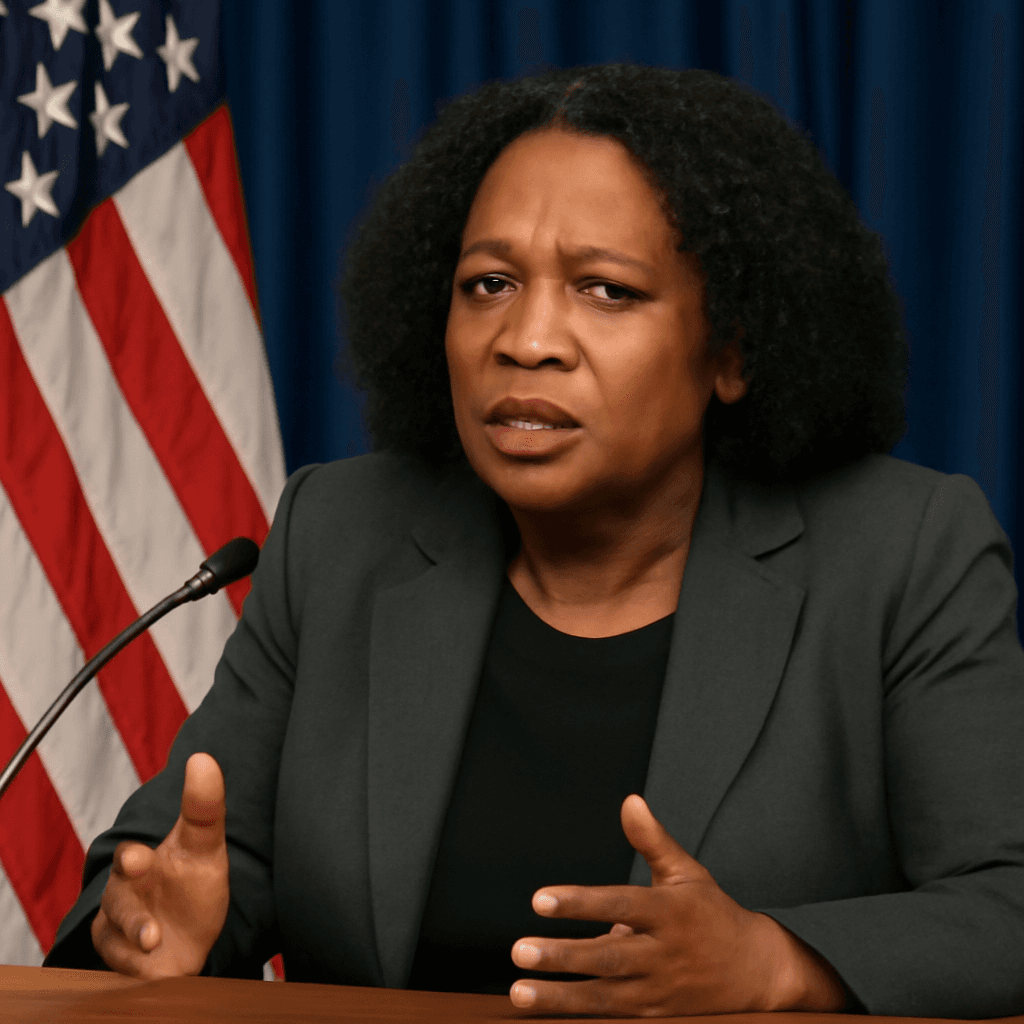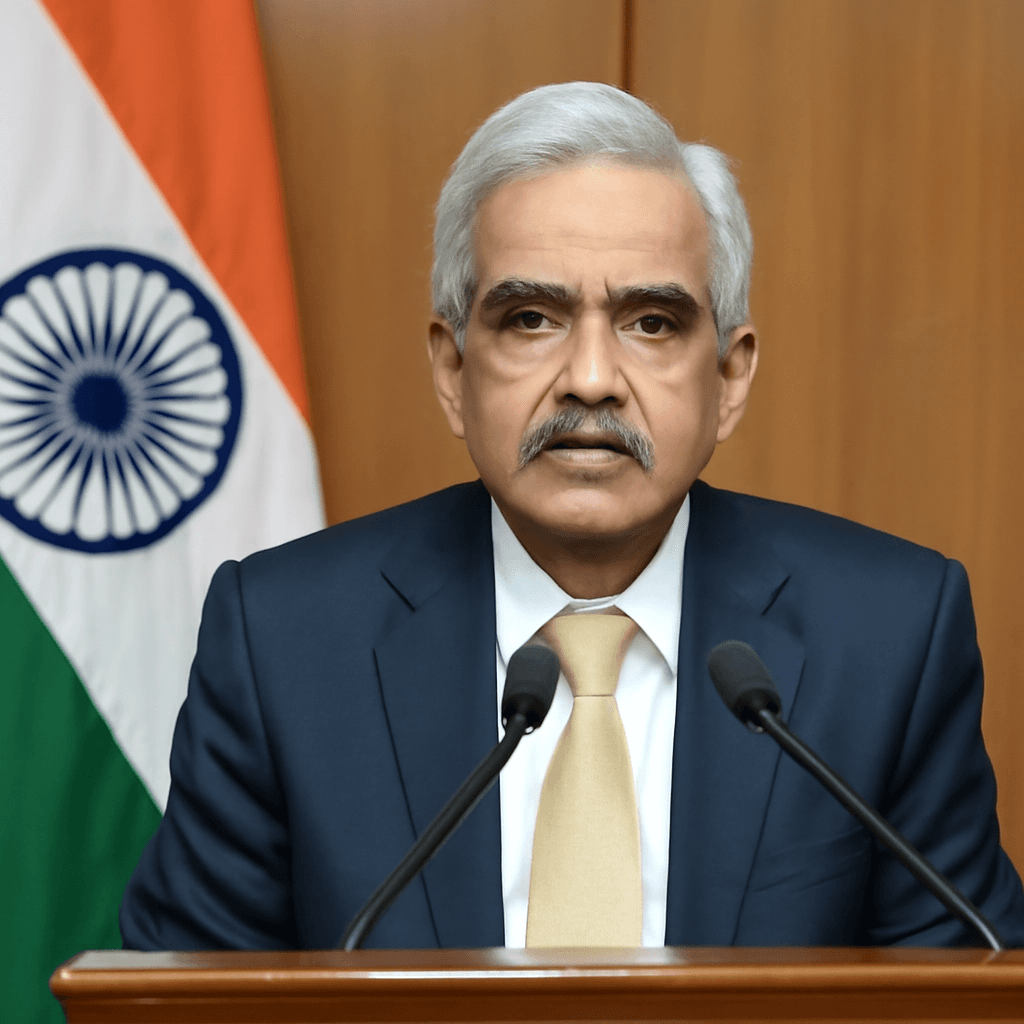Australia’s Central Bank Cuts Rates Amid Slowing Growth and Inflation Easing
In a decisive move to support a cooling economy, the Reserve Bank of Australia (RBA) lowered its benchmark interest rate by 25 basis points to 3.6% on Tuesday, marking the lowest level since April 2023. This move comes as inflation continues to ease, dropping to 2.1% in the quarter ended June, nudging it close to the central bank’s target range of 2% to 3%.
Economic Growth Forecast Takes a Hit
Alongside the rate cut, the RBA downgraded its full-year GDP growth forecast for 2025 to 1.7% from an earlier estimate of 2.1%. The revision reflects a subdued economic momentum, particularly the weaker-than-expected rise in public demand during the early part of the year — a factor unlikely to be counterbalanced in subsequent quarters.
Australia’s economy showed signs of slowing, with a year-on-year growth rate of just 1.3% in the first quarter, falling short of the 1.5% predicted by economists. Even on a quarterly basis, expansion came in at 0.2%, below the anticipated 0.4%. Katherine Keenan, head of national accounts at the Australian Bureau of Statistics, pointed to shrinking public expenditure, waning consumer demand, and softer exports as primary contributors to this sluggishness.
Inflation and Monetary Policy: Balancing Act
The RBA acknowledged that although monetary policy remains restrictive and is causing financial strain for many households, inflation has moderated substantially since its peak in 2022. By raising interest rates earlier, the central bank has worked to reel in aggregate demand and bring supply and demand closer to equilibrium.
Despite the rate cut, the RBA signaled it remains vigilant and refused to rule out further hikes should inflationary pressures resurface. This careful stance aligns with a global trend of central banks navigating the delicate balance between cooling inflation and avoiding economic stagnation.
Trade Environment and External Pressures
The economic outlook is further complicated by global trade dynamics. Since the imposition of a baseline 10% tariff by the United States—initiated under former President Donald Trump—Australia’s trade landscape has shifted significantly. Notably, Australia’s Trade Minister recently framed ongoing developments as somewhat of a 'vindication' following prolonged negotiations.
While the RBA noted that the risk of an escalating and damaging trade war has diminished — reporting minimal immediate effects on the Australian economy — it cautioned that a pronounced disruption in global trade remains a possible threat. Importantly, the downward revision in GDP growth is attributed more to a slower productivity increase rather than the tariffs or trade tensions themselves.
Looking Ahead: What Experts Predict
Market watchers are keeping a close eye on the RBA’s next steps. Analysts at the Commonwealth Bank of Australia suggest there may be another rate cut in November, with a possible additional reduction in early 2026, presuming that inflation trends continue to ease and economic growth remains tepid.
This sequence of policy adjustments underscores a broader narrative: Australia is navigating a post-pandemic economic reset, challenged by domestic demand softening, external trade shifts, and an evolving inflation landscape.
Editor’s Note: Navigating Uncertainty in Australia’s Economic Horizon
Australia’s recent interest rate cut highlights the complexities at play within its economy — balancing inflation control against the risks of slowing growth. While easing inflation is welcome news for consumers, the lowered GDP forecast and cautious policy stance suggest uncertainties remain. Observers should consider how global trade policies, especially US tariffs, interplay with domestic economic factors in shaping Australia’s financial future. How Australia adapts its monetary policy in the face of shifting global dynamics and internal pressures will be crucial not only for domestic prosperity but also for its positioning in an interconnected world economy.


